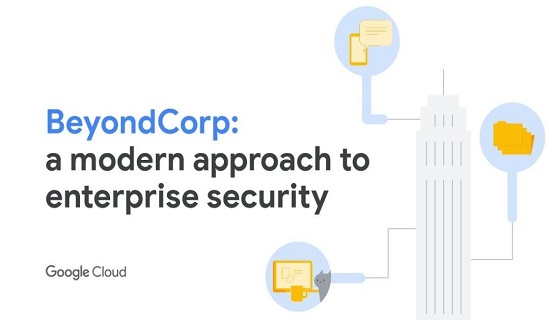

In today’s ubiquitous connectivity and cloud-based everything-as-a-service landscape, this fortress-based model of information security is no longer an effective way of protecting data. The implicit corollary of this philosophy was that additional security measures are unnecessary, since it was unlikely that an attacker would be able to access an organizational network in the first place.

Most of the traditional information security solutions are based on the assumption that malicious individuals cannot pass the perimeter from outside. Problem: Current Fortress-Based Approaches Are Broken Ultimately, the system produces a unified security posture, used to make intelligent access decisions and take automatic governance actions based on organizational policies. The crux of the system is a data fusion engine that incorporates a multitude of continuously monitored contextual parameters. The method, proposed by Coronet is grounded in a concept of trust and aims at addressing shortcomings of the existing solutions that have little-to-no visibility across all of the parts of the data security chain. This post describes a novel approach of defending data whether in transit or at rest with four essential pillars in its foundation: user, device, network and service. Inevitably, to solve these new challenges, existing controls should make room for new ones that ensure data is protected throughout its end-to-end lifecycle. Since traditional network security solutions do not offer good visibility into users’ transactions in this modus operandi, unsurprisingly, the top concern for security professionals is how to secure data in the cloud and protect against its loss. To be as productive as possible, they often use personal devices and connect through public networks directly to cloud services, which means they’re left with very little protection. The aggregate amount of cloud shift in 2016 is estimated to reach $111 billion, increasing to $216 billion in 2020.”Įmployees, especially when working outside of the office, no longer need to connect to the corporate network or VPNs to get work done. Critical infrastructures, applications, and data are moving to the cloud, leveraging either public, private or hybrid cloud deployments.Īccording to Gartner,“Cloud-first, and even cloud-only, is replacing the defensive no-cloud stance that dominated many large providers in recent years. We are all witnesses to the changes that the IT landscape is undergoing.


 0 kommentar(er)
0 kommentar(er)
